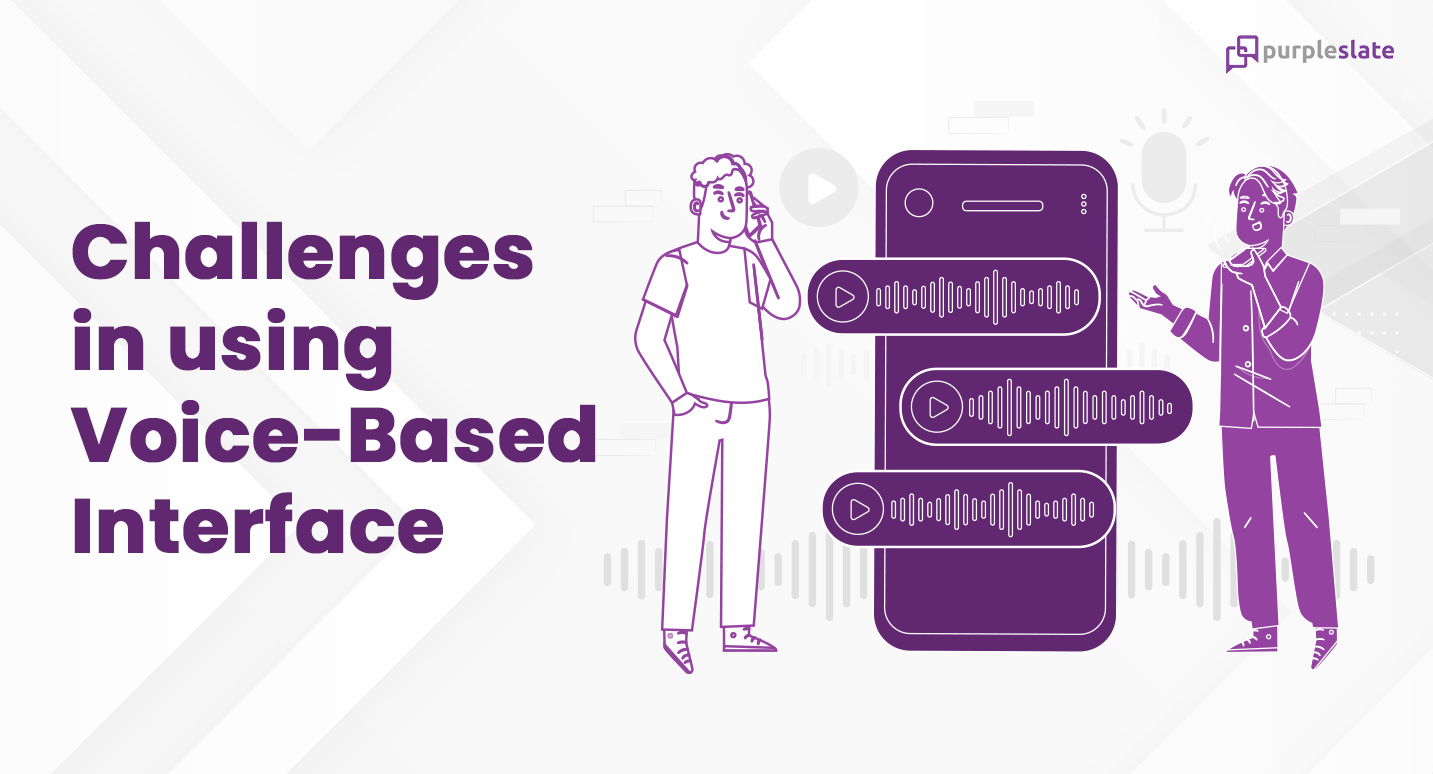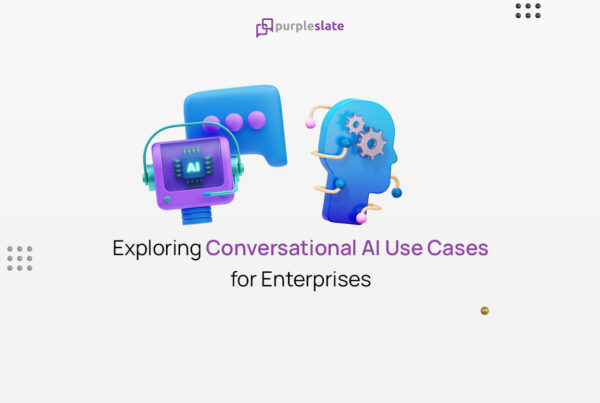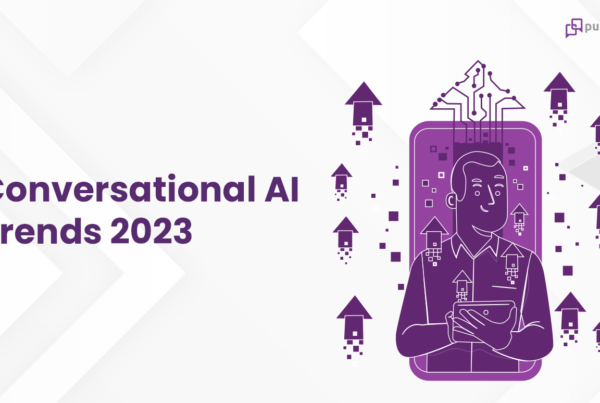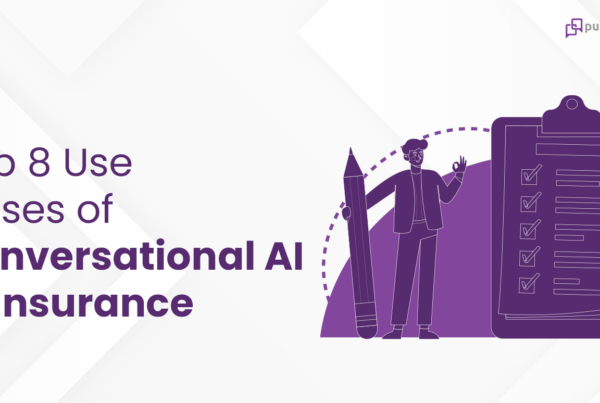
Introduction
In recent years, innovative technologies and new algorithms have enabled the development of many intelligent voice assistants. As a result, voice assistants are growing more and more common in our lives. Voice interfaces allow users to interact with machines through voice providing a simple and effective experience. Though tech giants like Google, Apple, and Amazon dominate the voice AI domain today, it can still be technically challenging to deploy voice interface products that match the expected customer quality levels. Here are some of the challenges users face when using voice-based interfaces and how purpleSlate addresses these concerns:
1. Understanding Dialects
A common roadblock every conversational AI provider faces is training the interactive assistant to engage with the users seamlessly. There are over 7000 languages and dialects spoken in the world. One language is spoken differently in different countries and the biggest example of this is the English language. Being spoken in most countries, it has more than 100 accents across the world and each accent has its own different set of phonemes that make it difficult for a conversational assistant to comprehend.
With the help of modern Machine Learning models, AI can be trained with specific accents, dialects, and intonations by standardizing them against an existing database of knowledge. This helps the voice assistant to identify user accents and begin processing the conversational input.
2. Input Recognition
The meanings of words and phrases differ from industry to industry. The same word could mean different things in different industries or two different words could have the same pronunciation. Apart from this, in noise-heavy environments, a voice AI assistant could find it difficult to understand the words spoken by users accurately. In contexts like this, a voice assistant would ask what the user means every time they use the words or record the conversations incorrectly.
With the help of NLU models that are pre-trained according to specific industries, voice AI can comprehend the meanings of specific words out of the box and does not require new training of data to perform flawlessly. For example, in the context of a hospital, when a doctor documenting patients’ data speaks the word “ear”, the voice assistant identifies it as a body part and not as “year”.
3. Network Latency
Though voice AI is on the rise as its potential to streamline workflows is enormous, its dependency on working only with an internet connection could be disappointing. During a weak or no-network situation, the voice AI could seize to function and be unable to comprehend and respond instantaneously. This could affect workflows that require voice AI to record observations in real time. In such cases, the AI voice assistant can be trained to capture clips of conversations that happened during the poor network latency period and train the voice assistant so that it can respond instantly the next time the user faces network issues.
4. Privacy Concerns
Research shows that worldwide, 45% of voice AI users are concerned about voice data privacy, and 42% worry about voice data hacking. In another survey, 59% of respondents said privacy is an important factor when using voice control devices.
Most speech recognition systems upload and store user recordings to the cloud where they are processed and used to relay user responses. These data will also be used by several systems to train algorithms to increase the accuracy of automatic speech recognition. Once cybercriminals gain access to stored data on a device or cloud system, they can access recorded conversations and sensitive information. Criminals may also utilize voice data against a person or organization as a biometric identification factor.
Although the cloud has numerous benefits, it is essential to implement security measures and other precautions to protect user data. Companies should use multifactor authentication instead of relying only on voice to avoid voice spoofing. Additionally, another voice biometric can be used as a backup for identity verification.
5. Technology
Apart from the voice assistant, good-quality speech recognition also depends on the microphone used by the user. A microphone in a laptop could be very different from a microphone in a mobile device. Since access to technological devices that are up to date is not always feasible, you need software models that are compatible with your systems and not the other way around.
A key solution to this issue is to find a partner that provides Speech Development Kits (SDK) that are available in different programming languages along with the voice assistant. With an SDK, smart speech recognition can be implanted into hardware devices. Far-field voice recognition and noise cancellation capabilities provided through the SDK allow voice AI to be built for scenarios like noisy environments like manufacturing, or veterinary hospitals filled with pet noises.
Conclusion
AI-powered voice interface is an evolving technology with rapid advancements refining the way it functions every day. Fortified with state-of-the-art NLP technologies, purpleSlate has the capabilities and proven expertise in addressing these five key challenges and more that users usually come across while interacting with voice interfaces. Get in touch with us to know how we can help bring your voice strategy to life.




